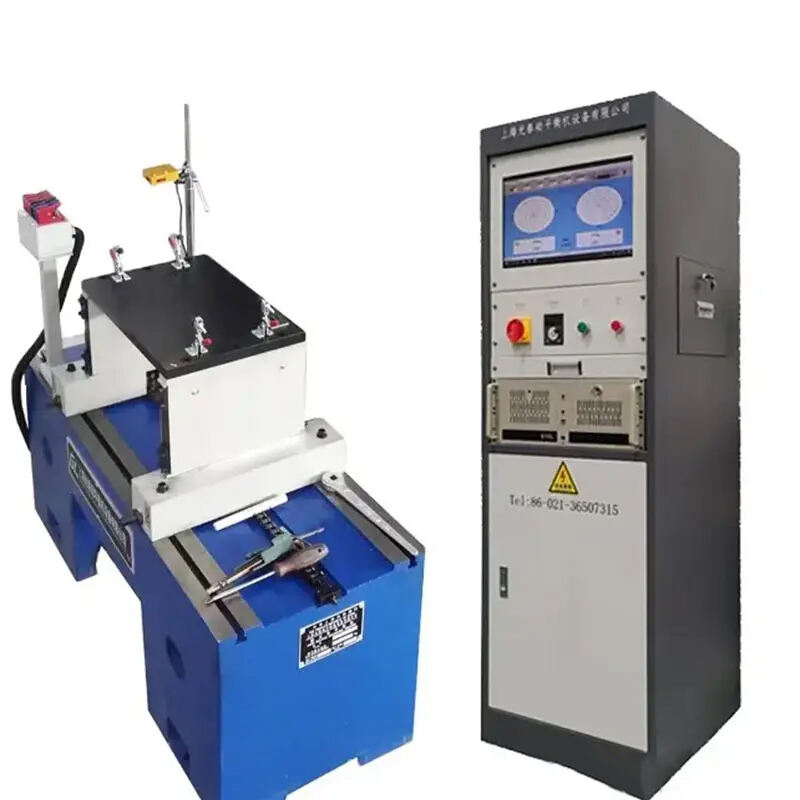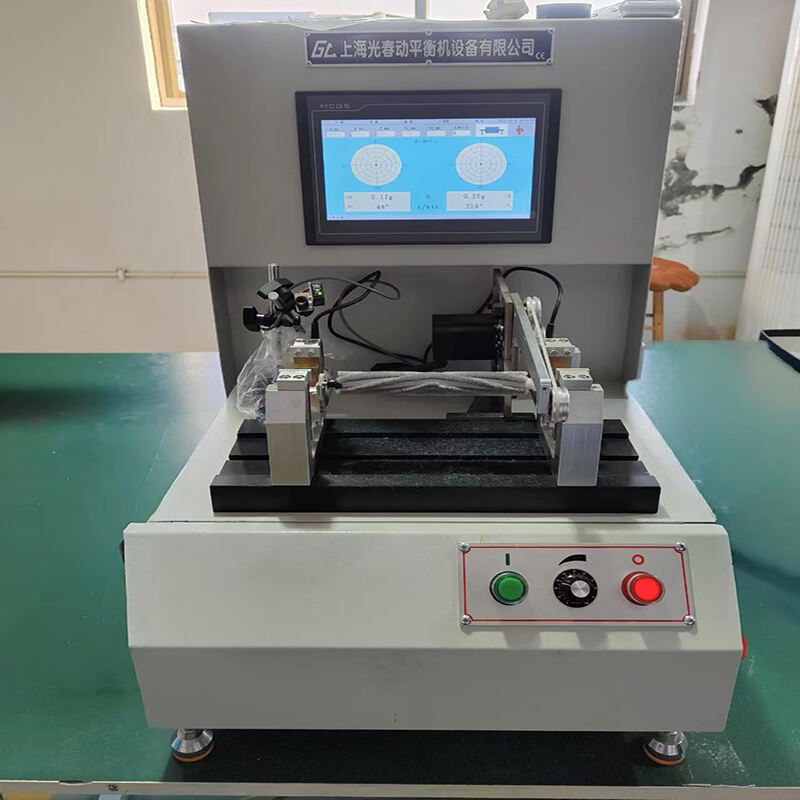Transforming Workshop Efficiency Through Advanced Balancing Technology
Modern workshops face increasing demands for precision and efficiency in their operations. At the heart of many industrial processes lies the centrifuge balancer, a sophisticated piece of equipment that has revolutionized how facilities maintain and optimize their rotating machinery. This essential tool not only enhances operational efficiency but also significantly extends equipment lifespan while reducing maintenance costs.
The integration of a centrifuge balancer into workshop operations represents a strategic investment in both equipment longevity and operational excellence. As industries continue to evolve and demand higher precision standards, understanding the full scope of benefits that come with centrifuge balancing technology becomes increasingly crucial for workshop managers and technicians alike.
Core Advantages of Centrifuge Balancing Systems
Enhanced Equipment Performance and Reliability
A centrifuge balancer plays a pivotal role in maintaining optimal equipment performance. By precisely measuring and correcting rotational imbalances, these systems ensure that rotating components operate at peak efficiency. This level of precision significantly reduces vibration-related issues that can compromise machine accuracy and output quality.
Workshop equipment balanced using centrifuge technology experiences notably smoother operation, resulting in consistent performance across extended operating periods. This reliability translates directly into improved product quality and reduced rejection rates in manufacturing processes.
Cost-Effective Maintenance Solutions
Implementing a centrifuge balancer in your maintenance routine leads to substantial cost savings over time. Regular balancing sessions prevent premature wear of bearings, seals, and other critical components, effectively reducing the frequency of repairs and replacements. This proactive approach to maintenance can cut down workshop downtime by as much as 30%.
The financial benefits extend beyond direct maintenance costs. Properly balanced equipment consumes less energy, resulting in lower operational expenses. Additionally, the reduced strain on machinery components means fewer emergency repairs and replacement parts, contributing to a more predictable maintenance budget.

Operational Improvements and Workshop Efficiency
Streamlined Production Processes
A well-implemented centrifuge balancer system transforms production efficiency by minimizing interruptions due to equipment malfunction. When rotating machinery operates in perfect balance, production lines maintain consistent output rates, leading to more predictable scheduling and improved delivery times.
Workshops utilizing centrifuge balancers report significant improvements in their overall equipment effectiveness (OEE) scores. The precision offered by these systems ensures that each piece of machinery operates within optimal parameters, reducing variation in product quality and minimizing waste.
Enhanced Workplace Safety Standards
Safety considerations are paramount in any workshop environment, and centrifuge balancers contribute significantly to creating a safer workplace. Properly balanced equipment generates less noise and vibration, reducing operator fatigue and the risk of accidents related to equipment malfunction.
The reduction in vibration levels also means less stress on building structures and surrounding equipment, creating a more stable and secure working environment. This comprehensive approach to safety through proper balancing helps workshops meet and exceed occupational safety requirements.
Technical Advantages and Innovation
Advanced Diagnostic Capabilities
Modern centrifuge balancers come equipped with sophisticated diagnostic tools that can identify potential issues before they develop into serious problems. These systems can detect subtle changes in equipment performance, allowing maintenance teams to address concerns proactively rather than reactively.
The diagnostic data collected by centrifuge balancing systems provides valuable insights into equipment health trends, enabling workshops to develop more effective preventive maintenance schedules. This data-driven approach leads to optimized maintenance intervals and more efficient resource allocation.
Integration with Digital Systems
Today's centrifuge balancers often feature advanced connectivity options, allowing them to integrate seamlessly with workshop management systems and Industry 4.0 initiatives. This integration enables real-time monitoring of equipment performance and automatic scheduling of maintenance activities based on actual usage patterns.
The digital capabilities of modern balancing systems also facilitate better record-keeping and compliance documentation. Workshops can maintain detailed histories of equipment maintenance and performance, supporting quality assurance programs and regulatory requirements.
Future Outlook and Technological Developments
Emerging Technologies in Balancing Systems
The field of centrifuge balancing continues to evolve with new technologies emerging regularly. Artificial intelligence and machine learning algorithms are being incorporated into newer models, enabling more precise balancing procedures and predictive maintenance capabilities.
These technological advances are making centrifuge balancers more user-friendly while simultaneously increasing their precision and capability. Future developments promise even greater integration with smart factory systems and improved automation features.
Sustainability Benefits
Environmental consciousness is increasingly important in industrial operations, and centrifuge balancers contribute significantly to sustainability goals. By optimizing equipment performance and reducing energy consumption, these systems help workshops decrease their carbon footprint while maintaining productivity.
The extended equipment lifespan facilitated by proper balancing also means less frequent replacement of machinery and components, contributing to reduced waste and more sustainable workshop operations.
Frequently Asked Questions
How often should workshop equipment be balanced using a centrifuge balancer?
The frequency of balancing depends on several factors including equipment type, usage intensity, and operating conditions. However, most workshops benefit from implementing regular balancing checks every 3-6 months, with additional sessions scheduled based on equipment performance monitoring and manufacturer recommendations.
What types of equipment can benefit from centrifuge balancing?
Centrifuge balancers can be used with a wide range of rotating equipment including industrial fans, pumps, motors, turbines, and manufacturing machinery. Any equipment with rotating components that operates at high speeds or requires precise balance for optimal performance can benefit from centrifuge balancing.
What are the signs that equipment needs balancing?
Common indicators include increased vibration, unusual noise, reduced performance efficiency, excessive heat generation, and irregular wear patterns on bearings or other components. Regular monitoring using a centrifuge balancer can detect these issues early, preventing more serious problems from developing.




